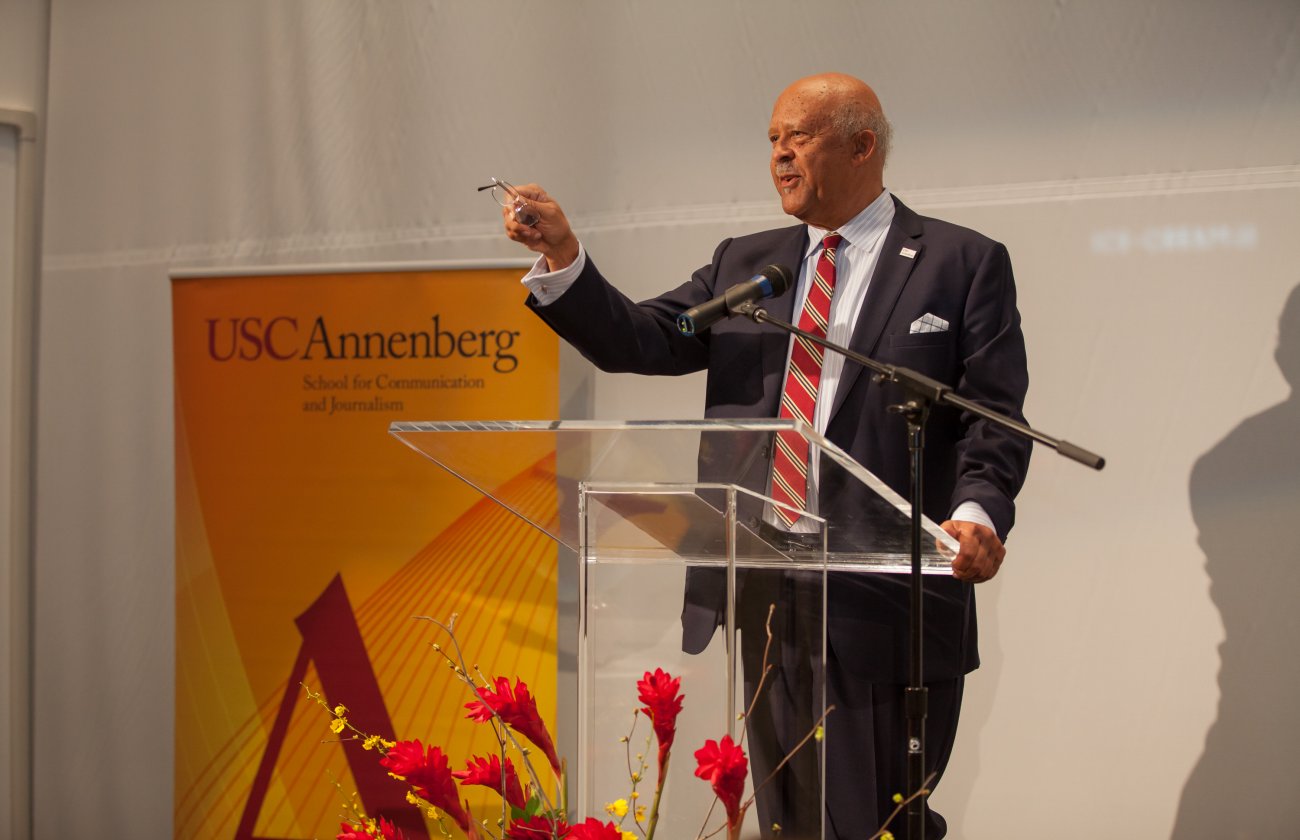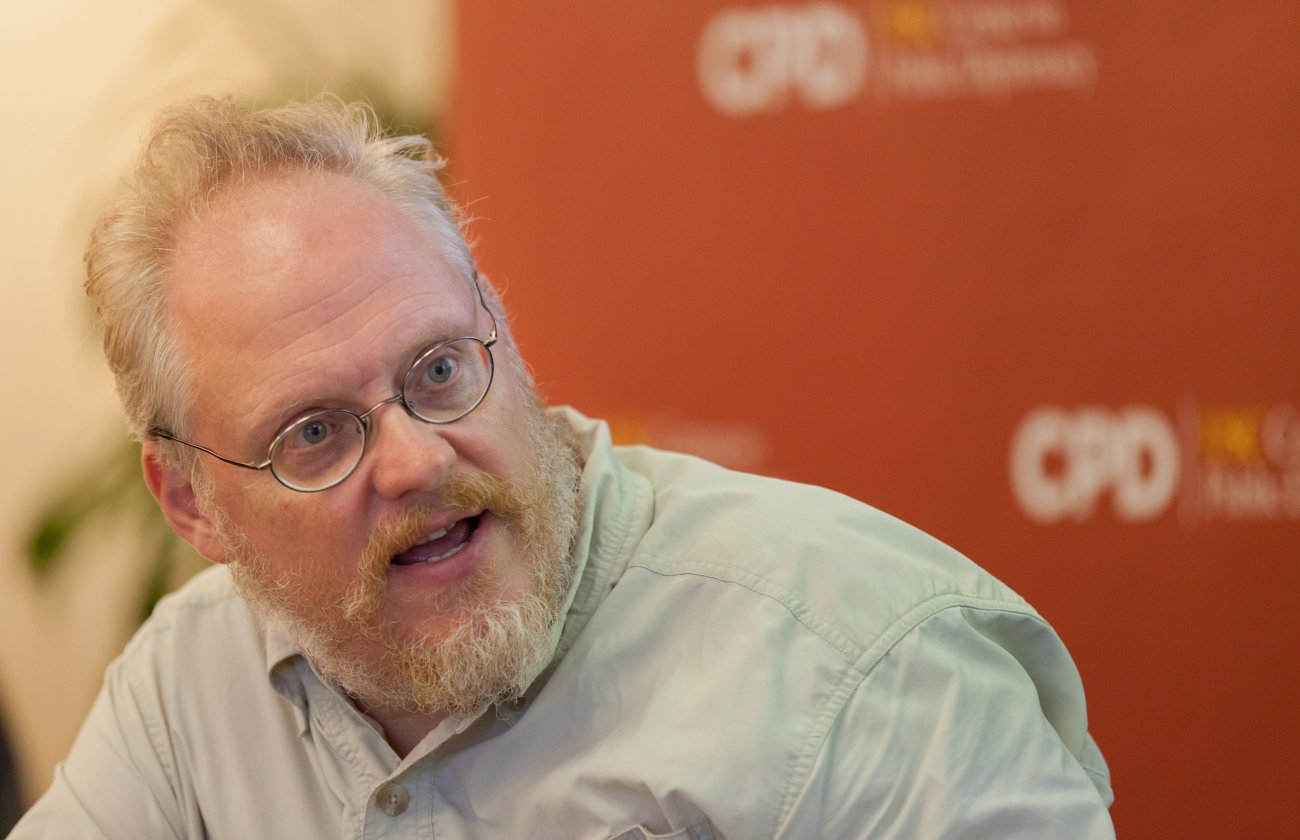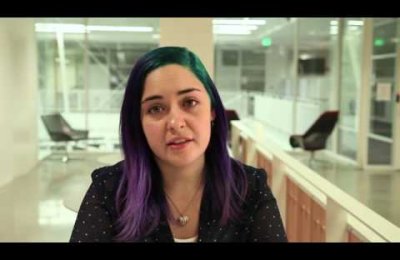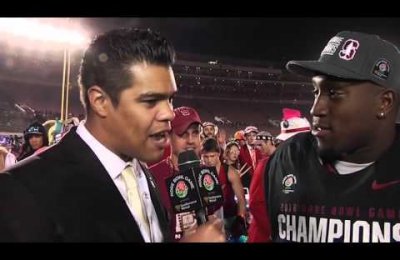By Greg Asciutto
Professor Robert Hernandez is navigating the uncharted waters of journalism school to introduce the 2-unit course “Augmented Reality & Journalism” to USC Annenberg this fall.
“This class is a full-on experiment,” said Hernandez, a veteran of web journalism who teaches multimedia storytelling and online journalism courses.
Augmented reality [AR], broadly defined as “real life enhanced by digital,” is an industry that is growing in mainstream popularity due to the widespread use of smartphones and similar technology.
“There are platforms out there that aren’t perfect, but the class is for me to test whether AR technology is ready for folks like us who aren’t coders or developers, but are storytellers.”
Throughout the semester, students will be working toward the development of an AR app that will make the Los Angeles Central Library a digitally interactive environment.
“Think of it in terms of a self-guided tour with information, kind of Wikipedia-esque, but ideally stories,” he said.
“So I could look at a painting, hold my phone up to it and this painting turns into a video piece of someone explaining what this painting is or the story of the artist. In the lobby of the library, when you look up the ceiling has got this crazy beautiful mural. Imagine if we can break down that mural and get the artist or a person to tell the story of that mural — who commissioned it and why?”
Hernandez also mentioned the possibility of creating an interactive experience with a ghost that supposedly inhabits the library.
Ultimately, the direction of the projects will be decided by the students, who will be among the first in the nation to use augmented reality as a tool for journalism.
“AR is used for marketing and really gimmicky kind of stuff, but [industry heads] are really hungry for quality content,” he said.
“I think that’s an opportunity for us as storytellers, distributors of information, to really jump in there.”









